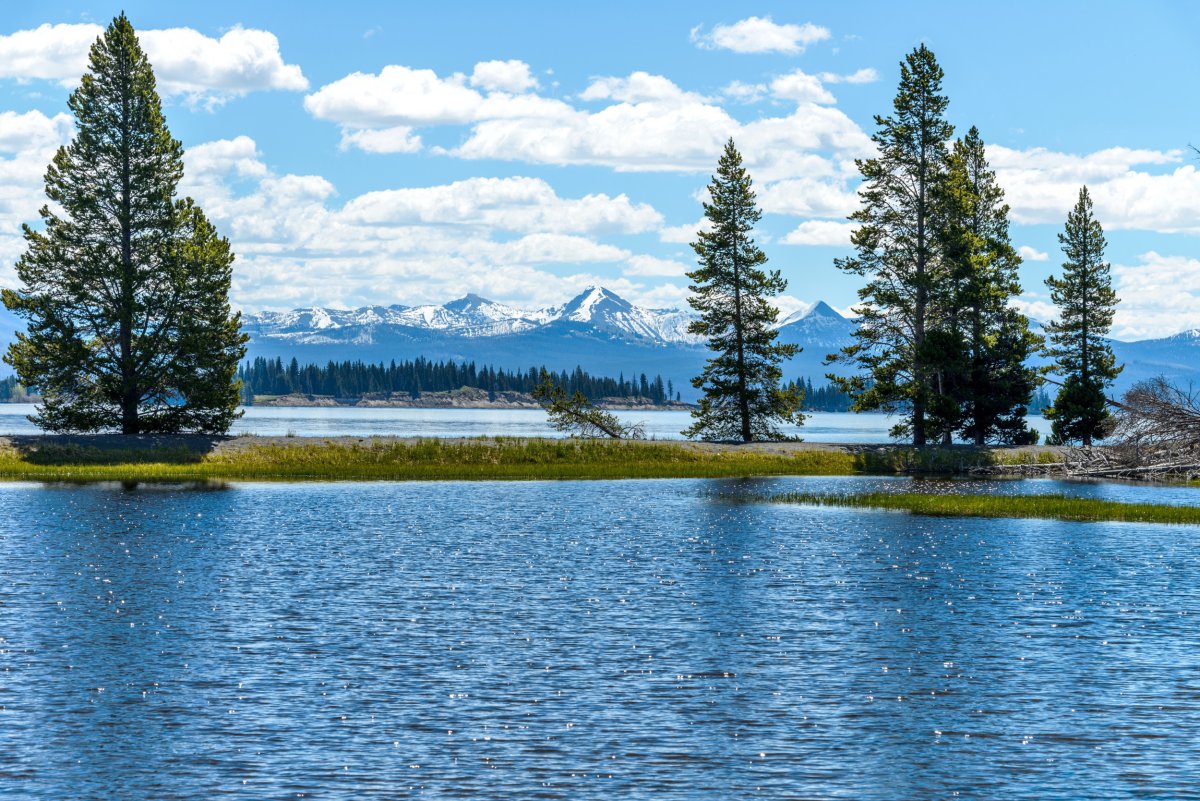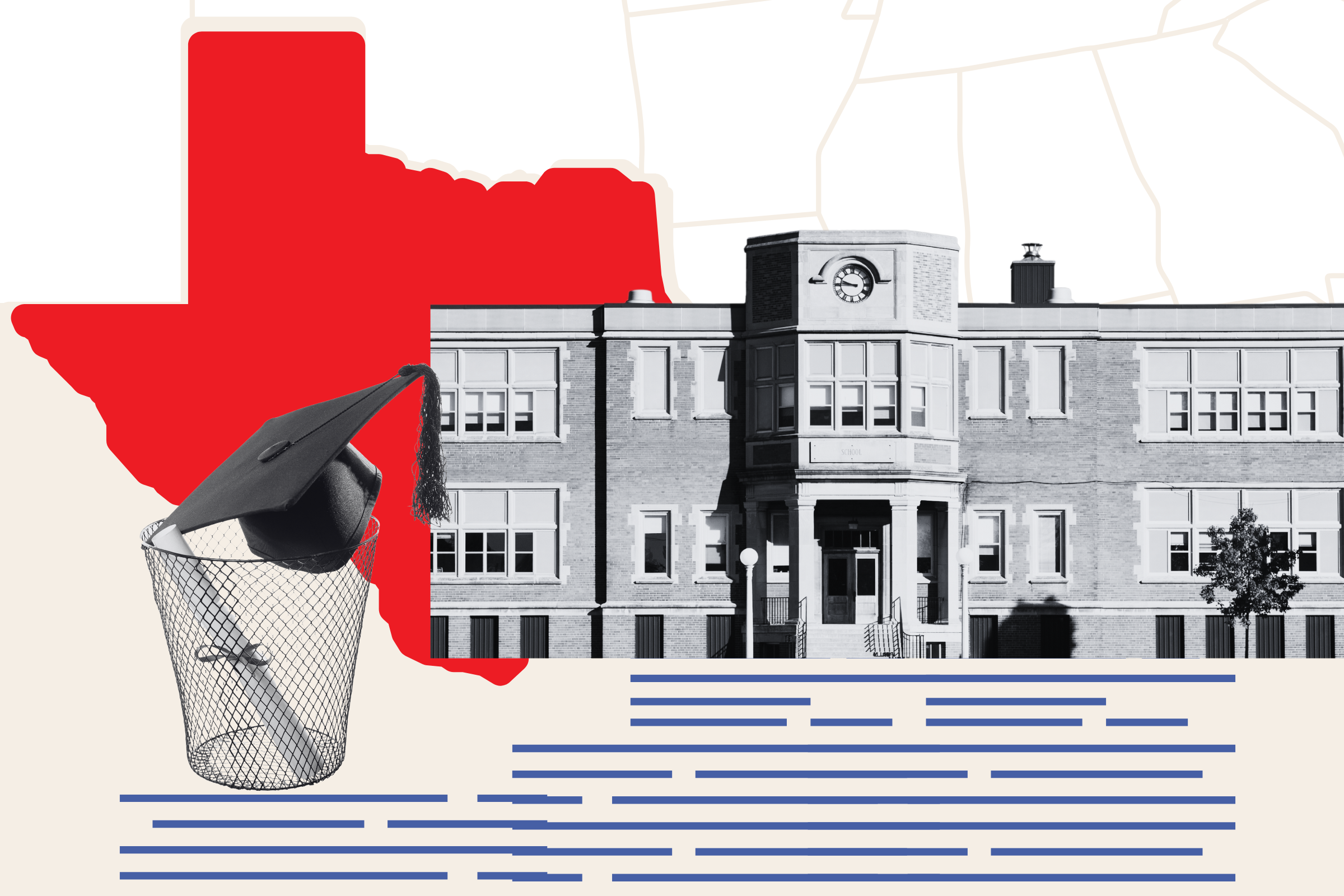The ice cover of Yellowstone Lake remains stable despite climate change, but scientists say that a "tipping point" may be coming, when the melt sets in.
This will occur when the shift from snowfall to rain in the region reaches a crucial moment, they predict.
A study led by researchers at the University of Wyoming (UW) discovered that overall ice cover on the lake, despite the increased effects of rising temperatures, has stayed the same over the years.
This is strange, considering many lakes in the U.S. are experiencing record low levels of ice cover. In February this year, average ice coverage for all five Great Lakes stood at just under 3 percent. This was the lowest level recorded by the National Oceanic and Atmospheric Administration (NOAA) since its records began in 1973.
"I was quite surprised to see that changes in the timing of ice cover have not changed for Yellowstone Lake," research leader Lusha Tronstad told Newsweek. "All the literature I have read on other lakes around the globe report that ice is forming later and melting off of lakes earlier, so the results for Yellowstone Lake were very surprising."
"This result lead us to dig deeper to investigate why Yellowstone Lake was so unique compared to other large, deep temperate lakes around the world," added Tronstad, invertebrate zoologist with UW's Wyoming Natural Diversity Database and Department of Zoology and Physiology.

Yellowstone Lake lies in the middle of Yellowstone National Park, and is the highest elevation lake in North America, at 7,733 feet above sea level. The lake typically freezes over in late December or early January, and only begins to thaw at the end of spring as May comes to a close.
Although the unchanging ice cover seems puzzling, scientists do have a potential explanation. They believe an increase in snowfall around the lake may have served as a "buffer" against rising temperatures, meaning ice remained in place.
If there is more snow, then ice typically takes longer to melt. The study notes that spring snow levels nearly doubled over the last 100 years around Yellowstone lake. In fact, there was increased precipitation in fall as well.
But Yellowstone Lake will almost certainly not continue to buck this trend in the timing of seasonal ice formation and loss, or ice phenology, as the scientists call it.
"Using local weather data, we found some evidence for increased summer, fall and spring temperatures, primarily in the last three decades. Given the key role of air temperatures in driving ice formation and break-up, it is noteworthy that we did not find evidence for corresponding shifts in ice phenology," the researchers wrote.
"But our results, paired with recent analyses of climate projections, suggest a tipping point may be coming when ice phenology abruptly changes for Yellowstone Lake," they added. "This tipping point will largely stem from the ongoing shift from snow- to rain-dominated precipitation regimes in the fall and spring."
To reach their findings, the researchers looked at ice coverage data dating back to 1931. They paired this data against climate records, and also compared Yellowstone Lake with other, similar lakes in Europe.
"The tipping point will be reached when we lose the buffering that the increased snowfall provides," Tronstad added. "Once there is less insulating snow sitting on top of the ice, we predict we will start seeing changes in ice cover.
"This change could be dramatic because the lake has been buffered against higher temperatures and other effects of a warming climate. Climate models predict that more precipitation in winter and spring will fall as rain rather than snow which will further exacerbate changes in ice cover."
Yellowstone temperatures have increased by 1.8 degree Fahrenheit since 1950. But between 1980 and 2018, researchers, who also included Isabella Oleksy, a former UW postdoctoral researcher now on the University of Colorado-Boulder faculty, note that at the high elevation of Yellowstone Lake, there was an increase of 2.5 degrees, making this shift from snow to rain seem inevitable.
Climate change is causing a myriad of unpredictable weather patterns across the world meaning scientists cannot say for certain how long a certain phenomenon will last.
It is not certain how long this consistent ice cover at Yellowstone Lake will go on for, particularly considering the ongoing warming and shifting precipitation patterns in the Rocky Mountains.
Update 04/18/2024 ET 06:48 a.m: This article was updated with direct quotes.
Do you have a tip on a science story that Newsweek should be covering? Do you have a question about Yellowstone Lake? Let us know via science@newsweek.com.
Uncommon Knowledge
Newsweek is committed to challenging conventional wisdom and finding connections in the search for common ground.
Newsweek is committed to challenging conventional wisdom and finding connections in the search for common ground.
About the writer
Robyn White is a Newsweek Nature Reporter based in London, UK. Her focus is reporting on wildlife, science and the ... Read more
To read how Newsweek uses AI as a newsroom tool, Click here.








